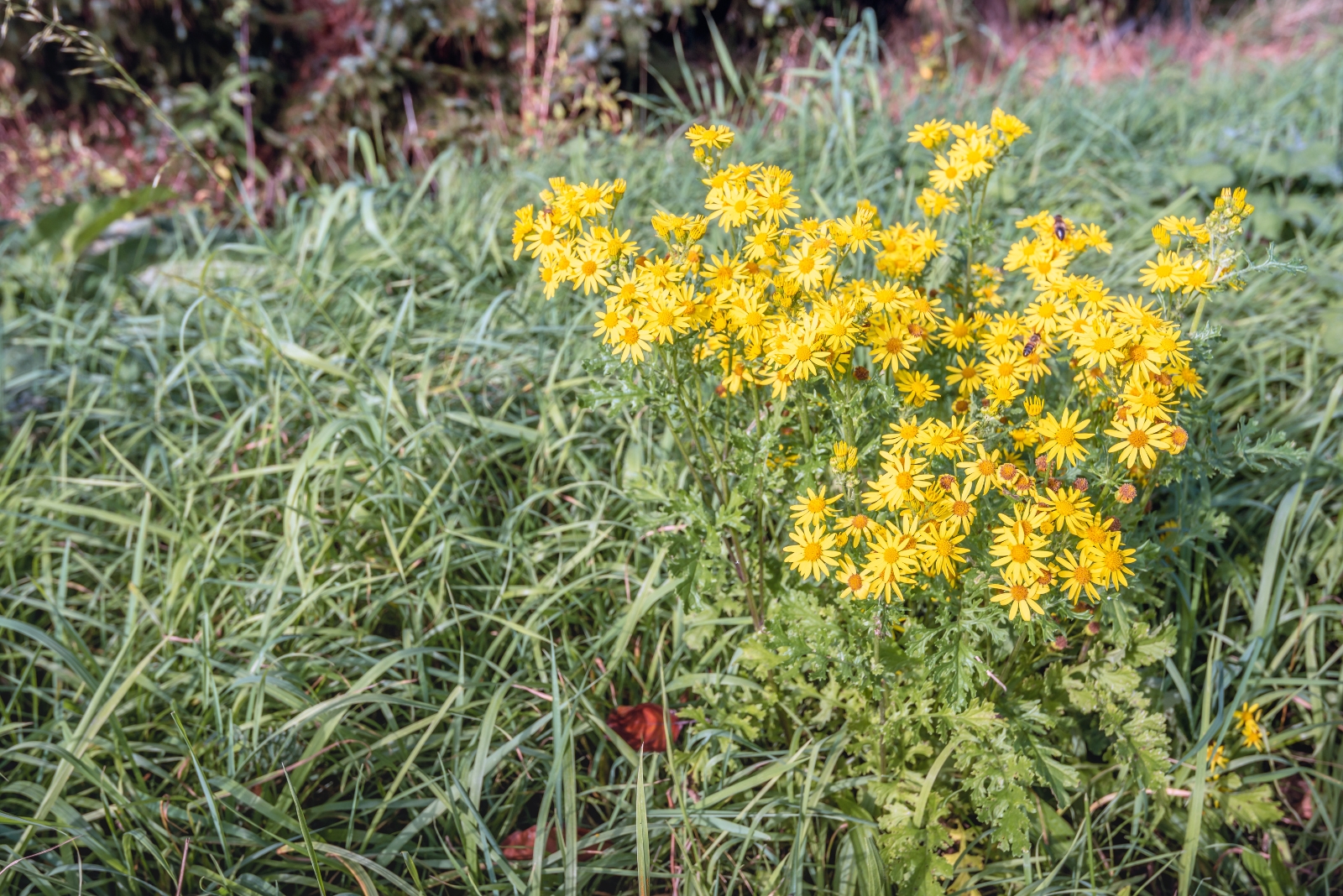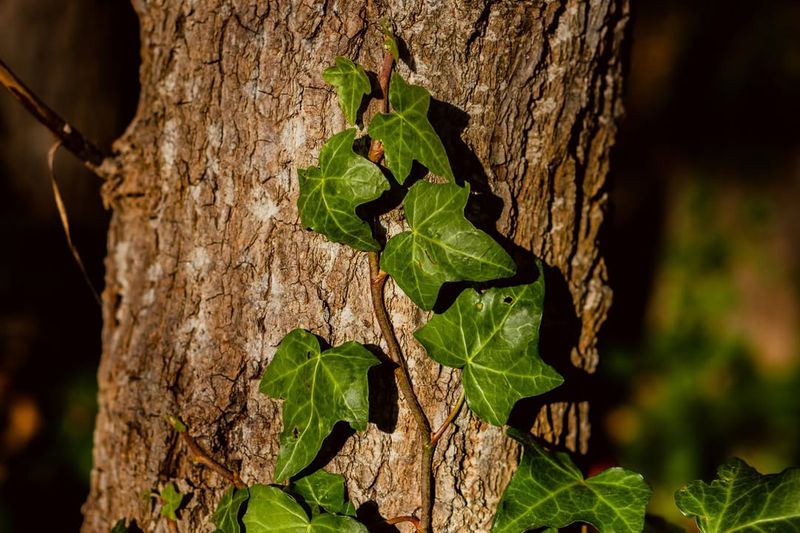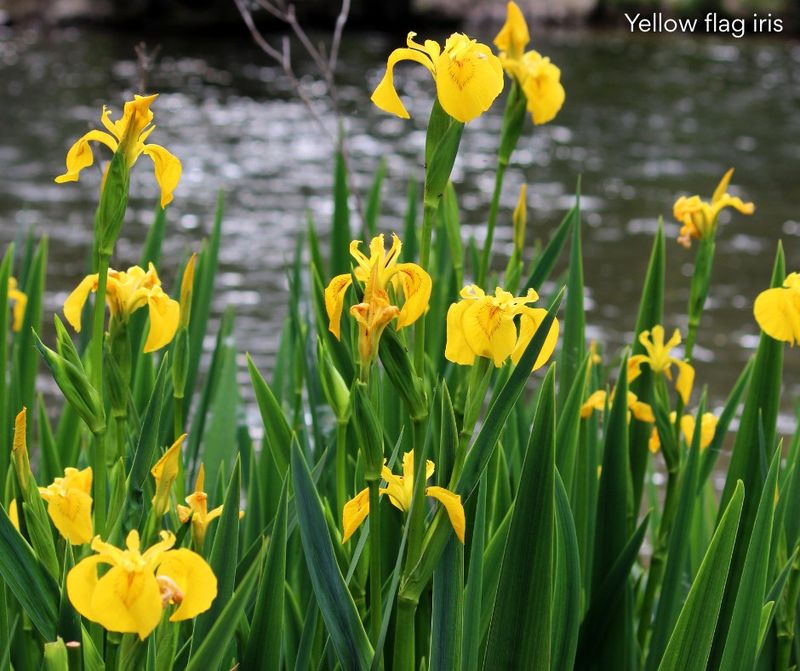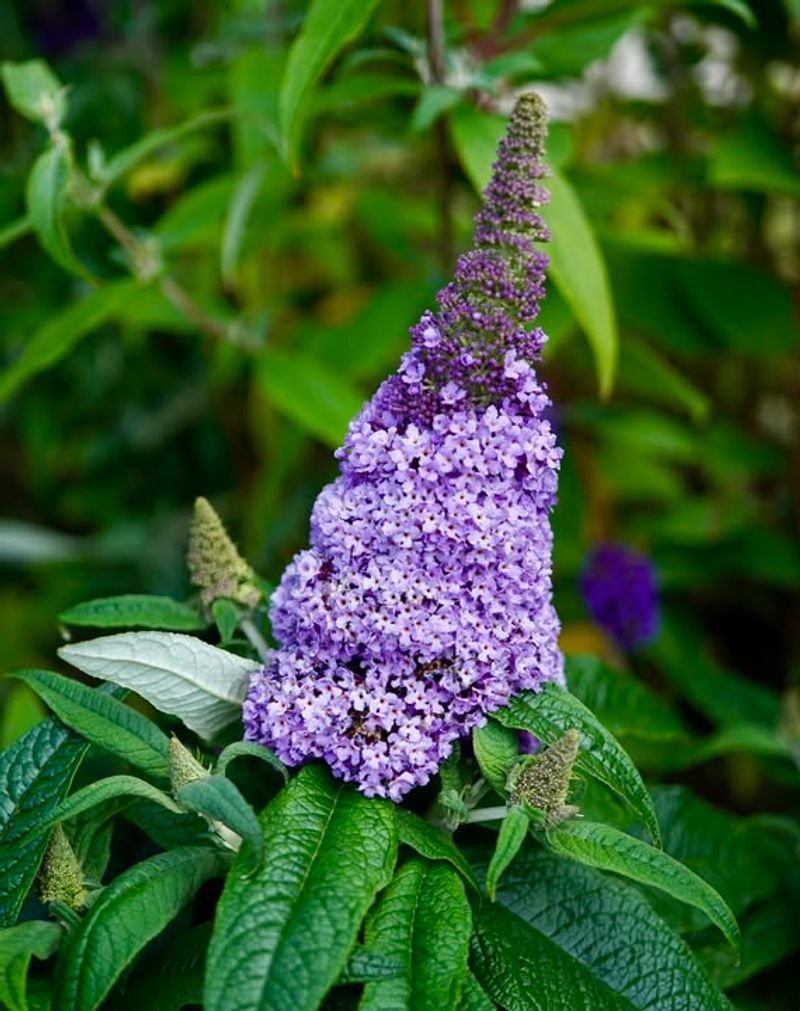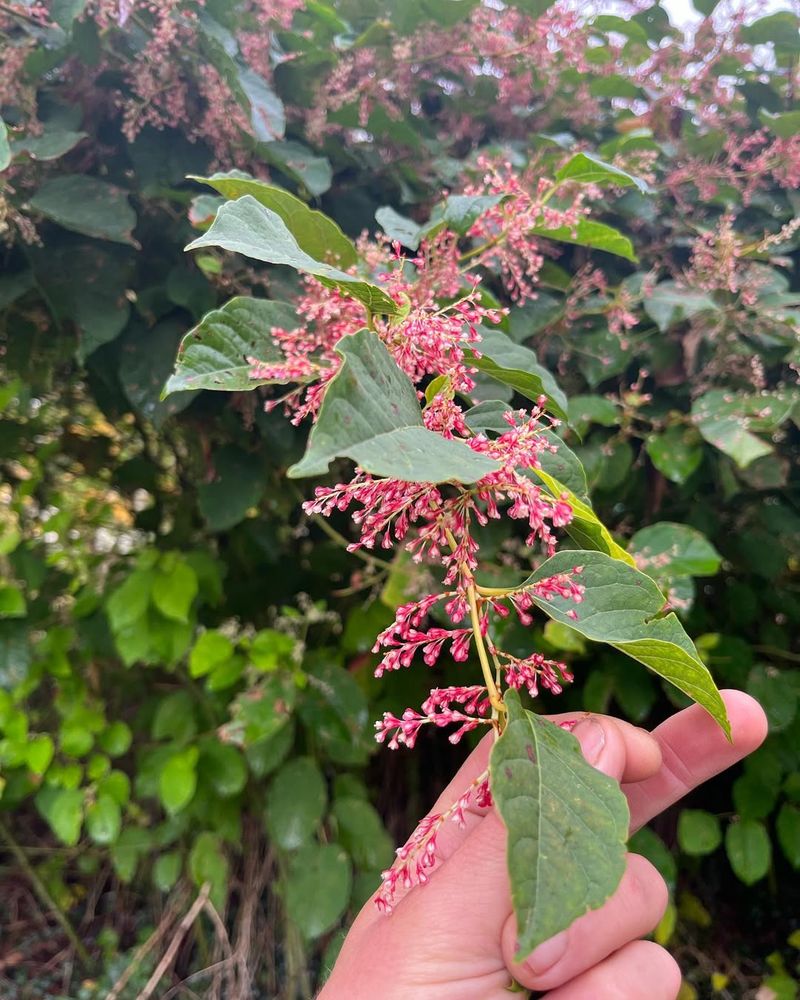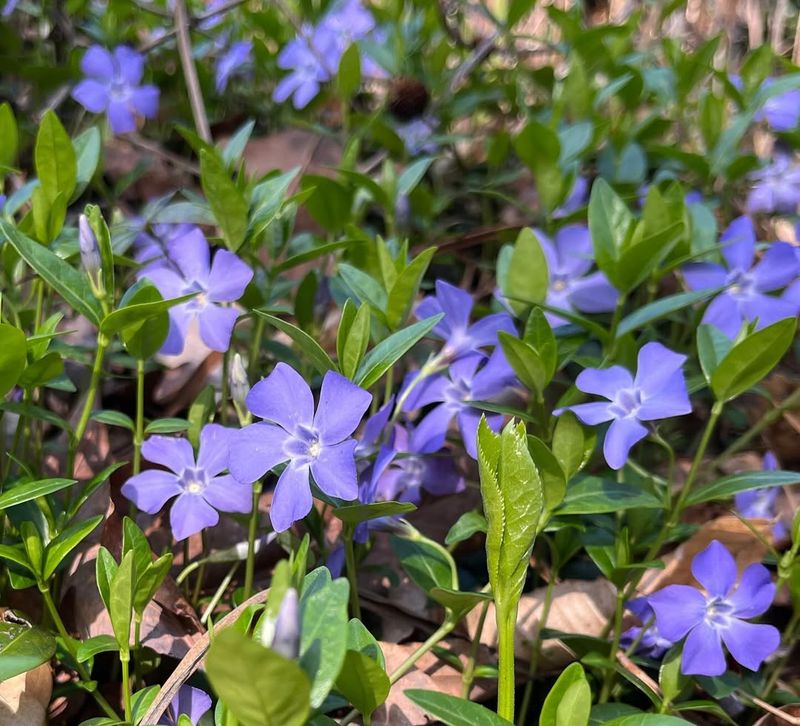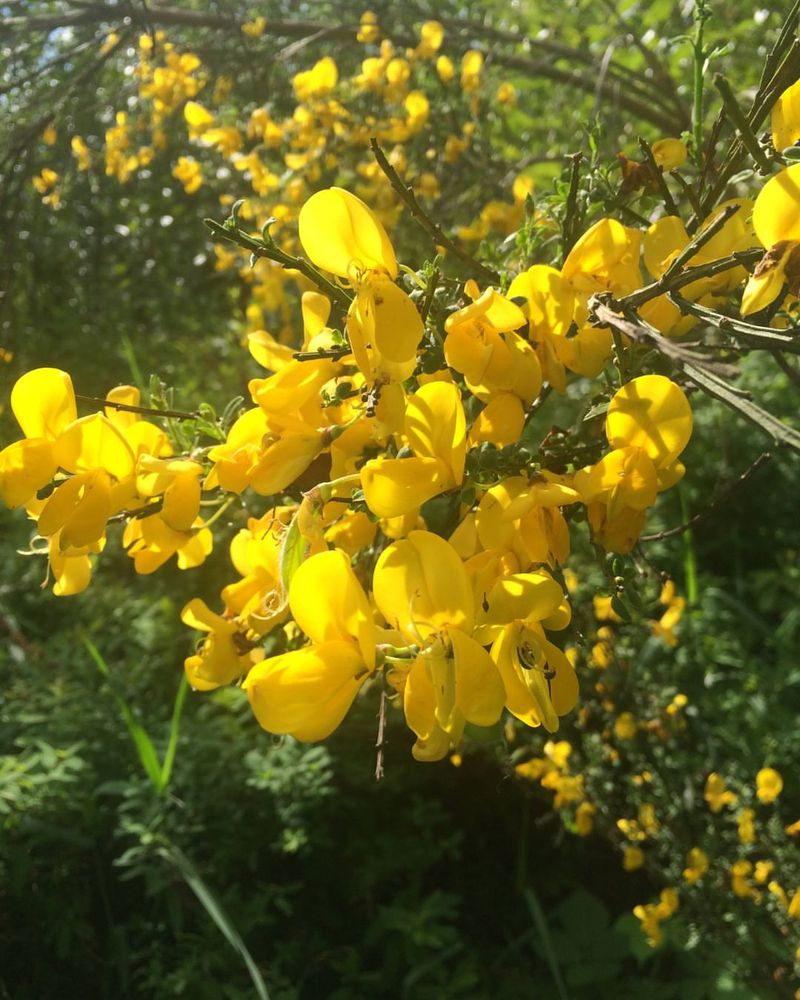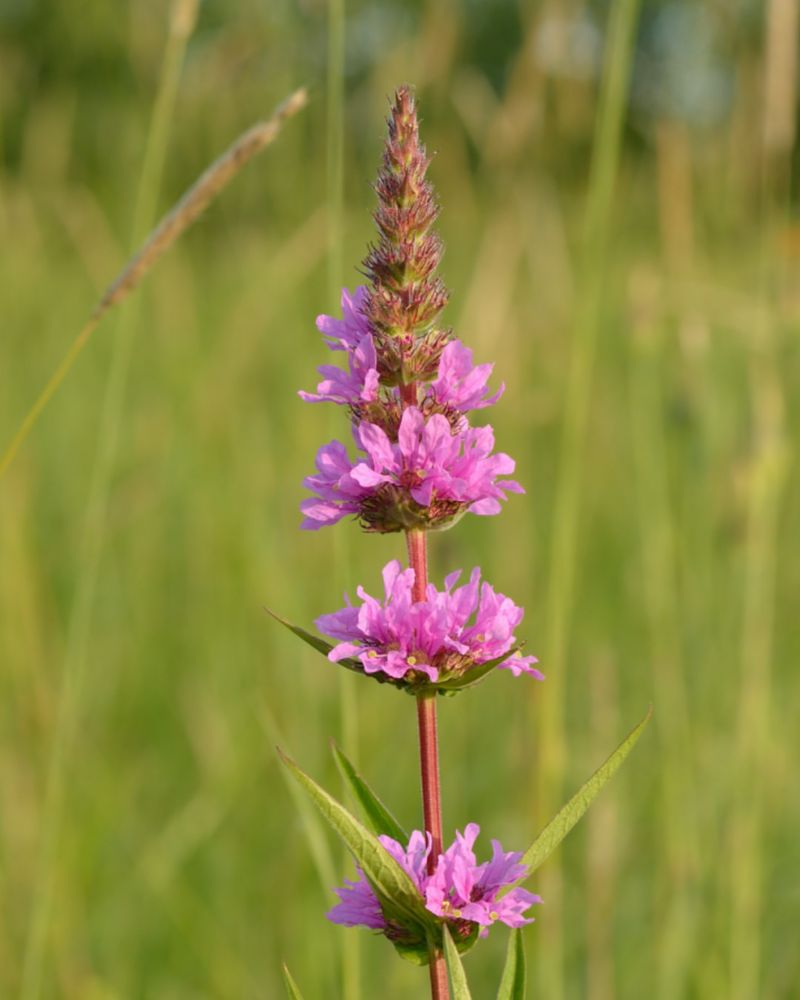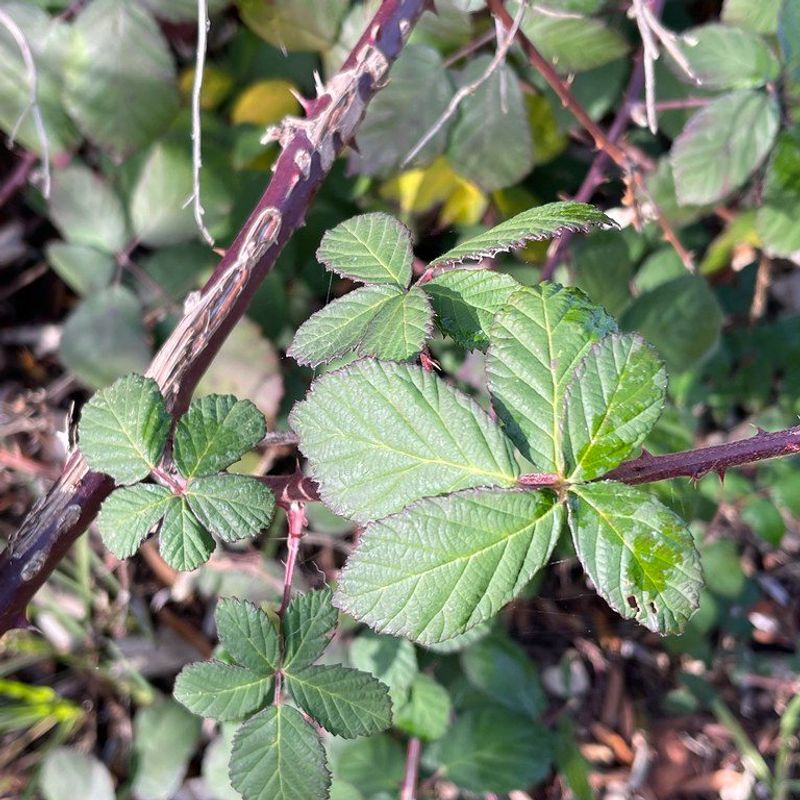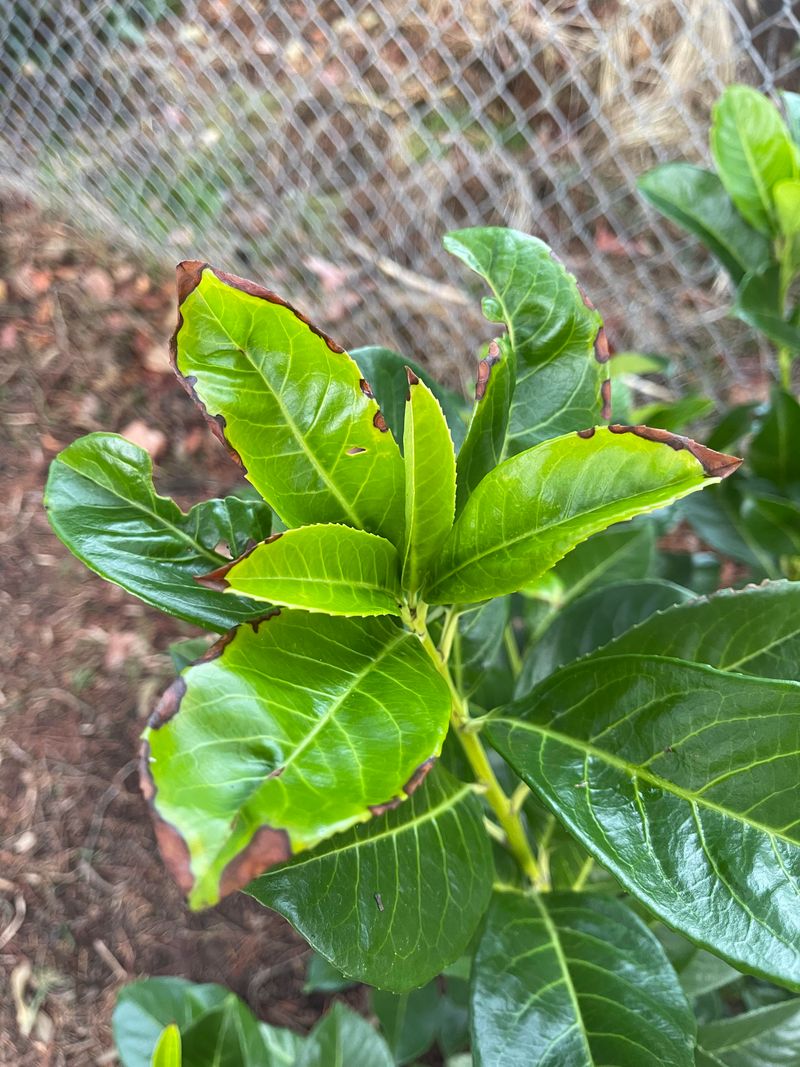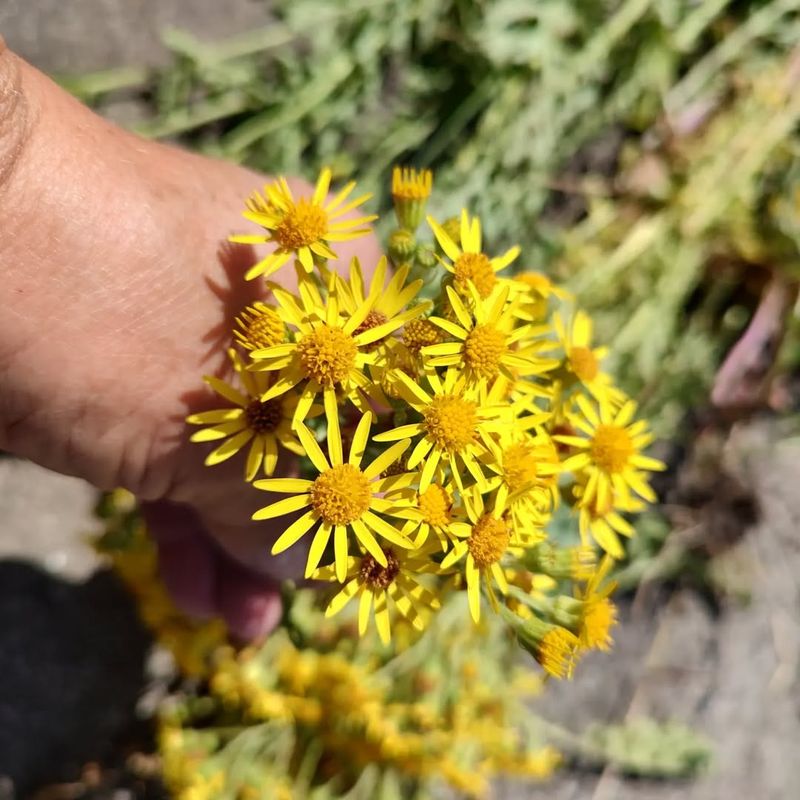Washington State is considering bans on several garden plants that many homeowners have enjoyed for years. While they might look beautiful in your yard, some of these popular plants spread aggressively and harm native ecosystems.
Learning which plants might face restrictions helps gardeners make smarter choices and protect local wildlife.
1. English Ivy
Climbing walls and trees with ease, English ivy seems charming until you realize how destructive it becomes. This evergreen vine chokes out native plants and damages tree bark by blocking sunlight.
Birds spread its seeds everywhere, creating new patches that are incredibly difficult to remove. Many Washington neighborhoods already struggle with ivy taking over forests and parks.
Consider native alternatives like wild ginger or inside-out flower instead.
2. Yellow Flag Iris
Bright yellow blooms make this iris popular near ponds, but its aggressive roots cause serious problems. Wetlands become clogged when these plants spread rapidly, pushing out cattails and other native species that wildlife depends on.
Each plant produces thousands of seeds that float downstream, infesting new areas quickly. Removing established colonies requires years of effort and special permits in some areas.
Native blue flag iris offers similar beauty without the ecological damage.
3. Butterfly Bush
Despite its name suggesting helpfulness to butterflies, this shrub actually provides little nutritional value to native pollinators. Seeds scatter easily in wind and water, establishing colonies along riverbanks and roadsides throughout Washington.
Butterflies visit for nectar but cannot use the plant to lay eggs or feed caterpillars. Meanwhile, it outcompetes native plants that truly support local butterfly populations.
Plant native Oregon grape or oceanspray for genuine pollinator support.
4. Japanese Knotweed
Growing up to ten feet tall in a single season, Japanese knotweed earns its reputation as one of the world’s worst invasive species. Roots tunnel deep underground and can break through concrete foundations, damaging buildings and sidewalks.
Even tiny root fragments regrow into new plants, making removal extremely challenging and expensive. River systems throughout Washington face erosion problems where knotweed replaces native vegetation.
Never plant this species, and report sightings to local authorities immediately.
5. Periwinkle
Gardeners love periwinkle for covering bare spots, but this seemingly innocent groundcover becomes a forest menace. Trailing stems root at every node, forming thick mats that smother wildflowers and tree seedlings.
Forest floors lose diversity when periwinkle takes hold, eliminating habitat for salamanders and insects. Birds find fewer food sources in areas dominated by this European import.
Try native kinnikinnick or wild strawberry for attractive, eco-friendly groundcover options instead.
6. Scotch Broom
Highways throughout Washington glow yellow each spring thanks to Scotch broom, but this beauty masks serious ecological problems. Each plant produces thousands of seeds that remain viable in soil for over fifty years, ensuring generations of future infestations.
Dense thickets increase wildfire risk and crowd out native shrubs that provide better wildlife food. Removing mature plants requires digging deep taproots to prevent regrowth.
Choose native oceanspray or red-flowering currant for sustainable landscape color.
7. Purple Loosestrife
Magenta flower spikes catch attention in wet areas, but purple loosestrife destroys marshes that ducks and other waterfowl need. A single plant produces over two million seeds annually, quickly transforming diverse wetlands into monocultures.
Native plants that provide food and nesting materials disappear when loosestrife dominates. Water quality declines as plant diversity decreases and habitat value plummets.
Support wetland health by planting native Douglas aster or hardhack instead of this aggressive invader.
8. Himalayan Blackberry
Sweet berries tempt many Washington gardeners to tolerate this plant, but Himalayan blackberry creates impenetrable thorny jungles that swallow entire landscapes. Arching canes root wherever they touch ground, expanding patches by several feet each year.
Native trailing blackberry gets pushed out, along with countless other plants that wildlife depends on. Removal requires heavy equipment and persistent effort over multiple years.
Stick with native trailing blackberry or salmonberry for delicious fruit without ecological disaster.
9. English Laurel
Privacy hedges of English laurel seem perfect until birds spread seeds into nearby forests. Glossy leaves create such dense shade that nothing grows underneath, eliminating forest floor habitat completely.
Young trees cannot establish where laurel dominates, threatening forest regeneration across Washington. Each plant produces hundreds of toxic berries that birds eat and spread widely.
Red-twig dogwood or Pacific wax myrtle provides privacy while supporting rather than harming local ecosystems.
10. Tansy Ragwort
Cheerful yellow flowers hide a deadly secret: tansy ragwort contains toxins that cause irreversible liver damage in horses and cattle. Pastures become unusable when this plant invades, threatening livestock operations throughout Washington.
Seeds spread easily on wind, clothing, and equipment, establishing new infestations rapidly. Even dried plants in hay remain toxic and dangerous.
Report infestations immediately and never allow this plant to flower or set seed on your property.

